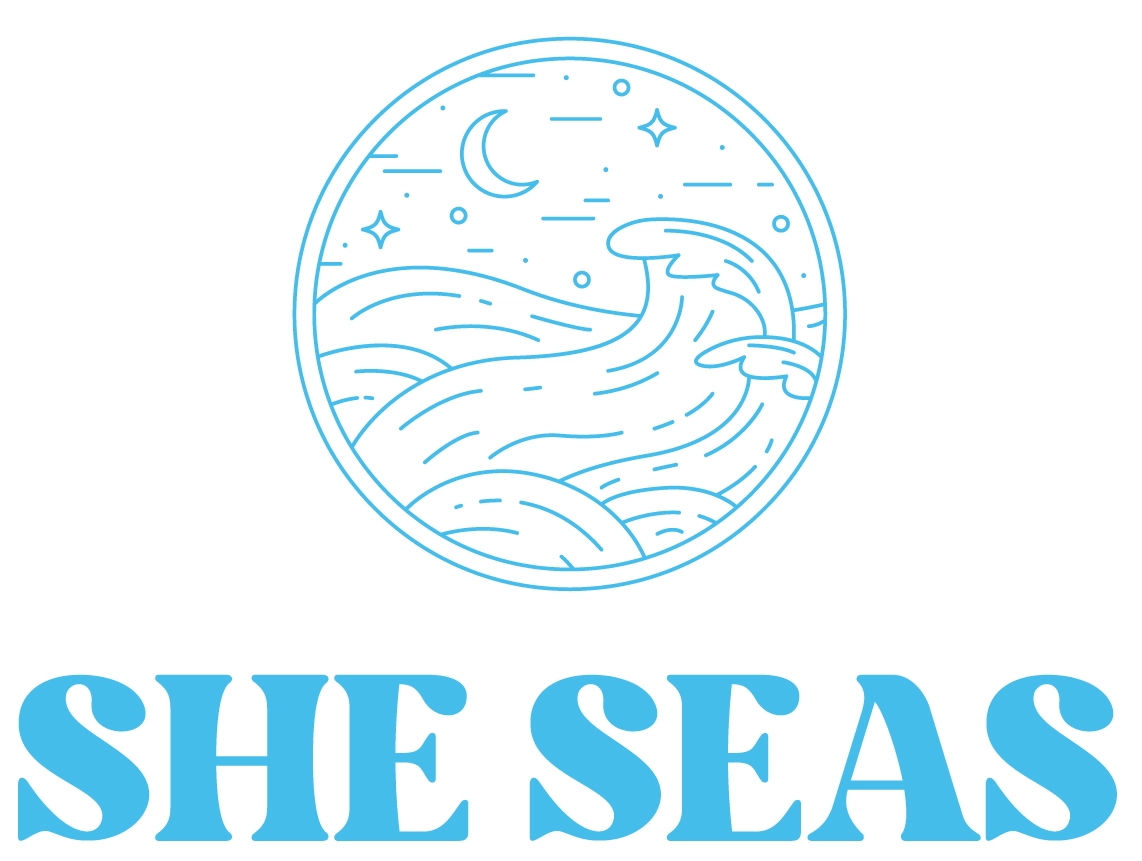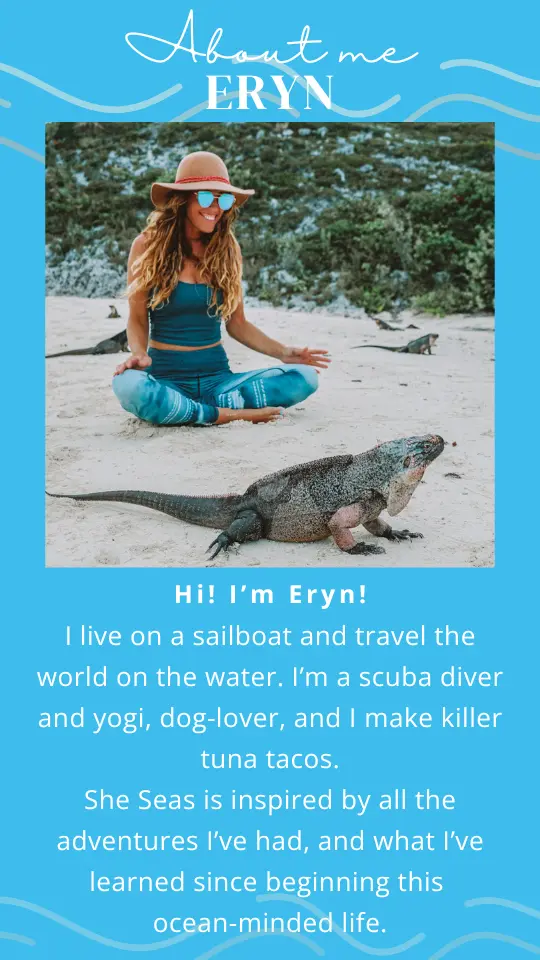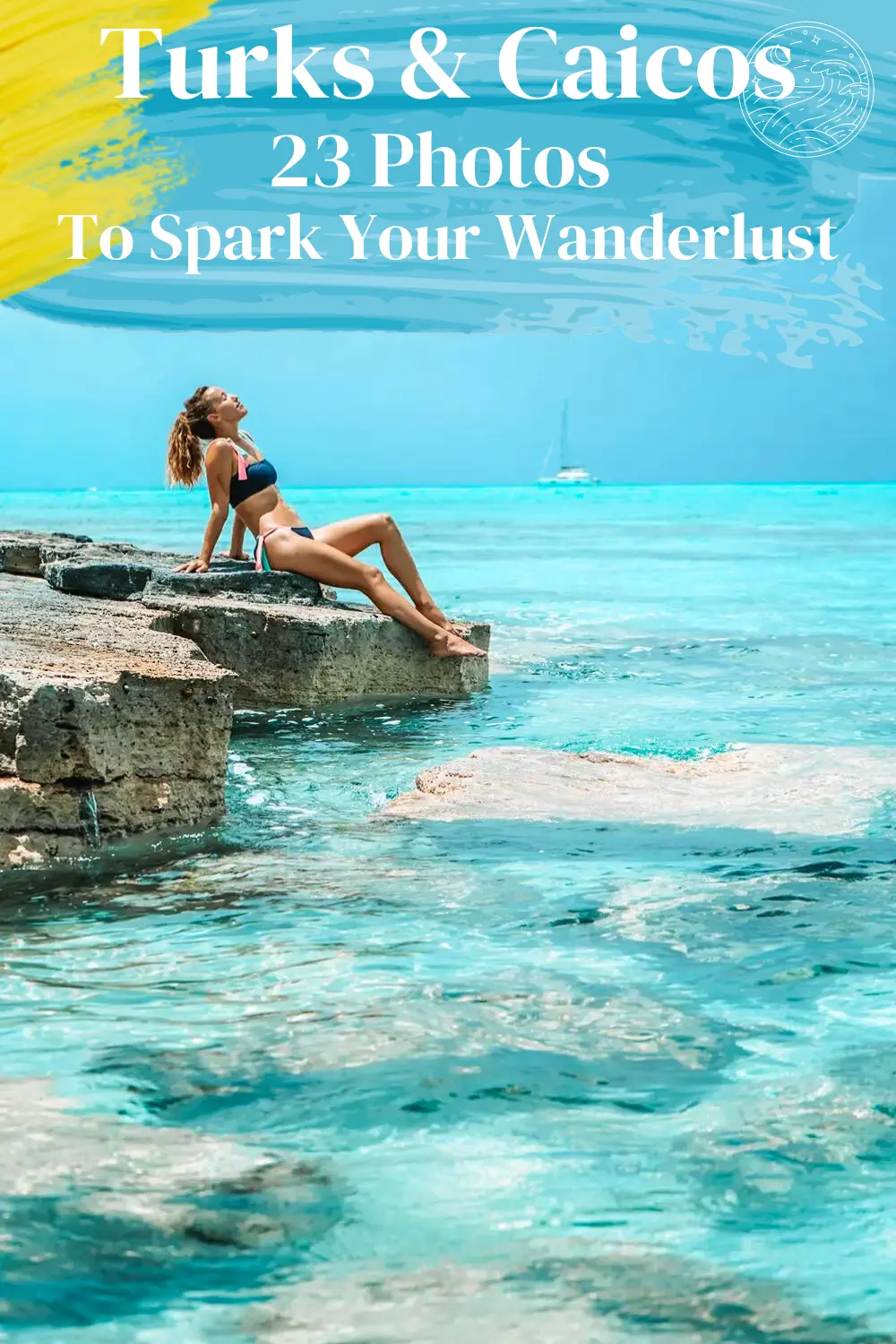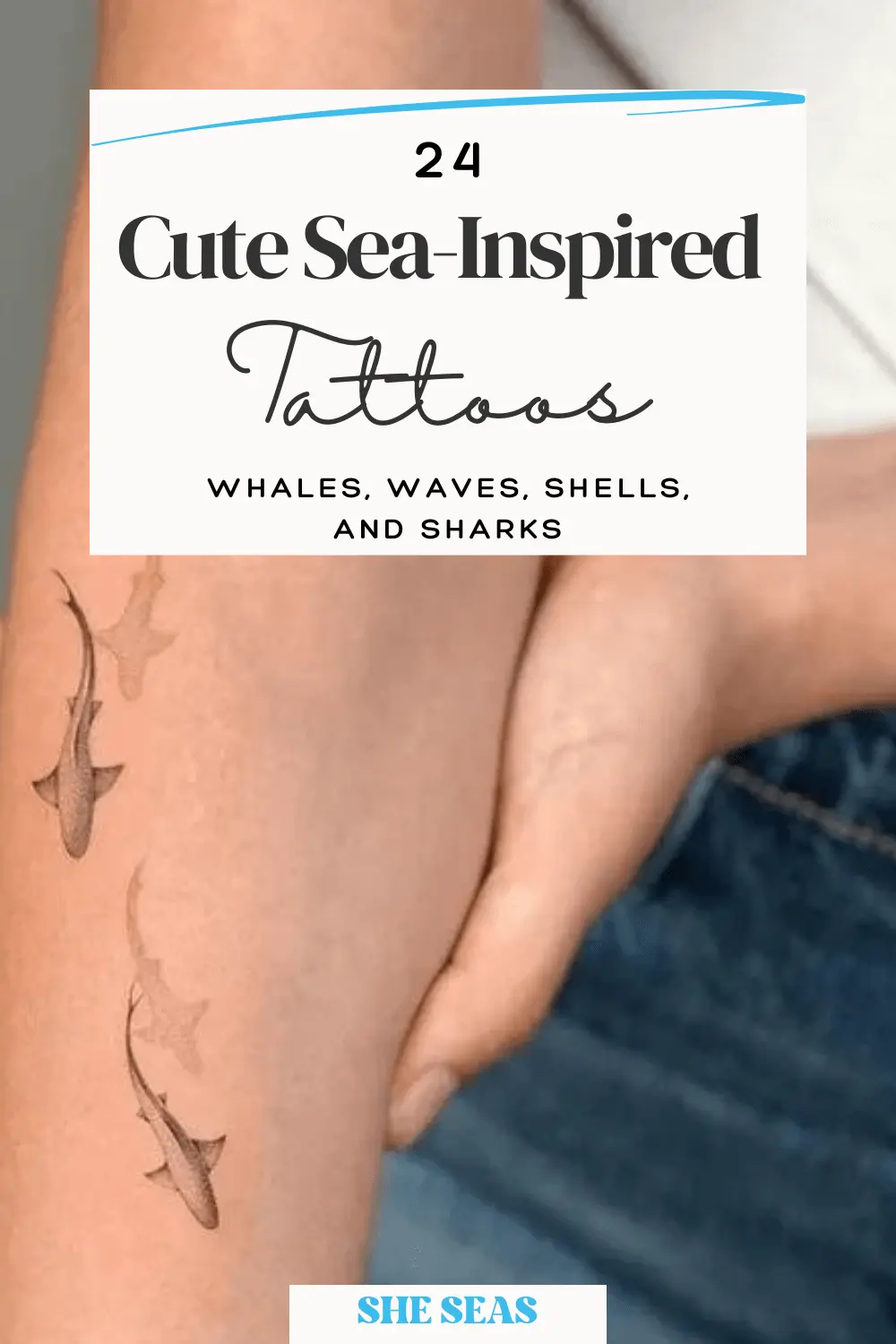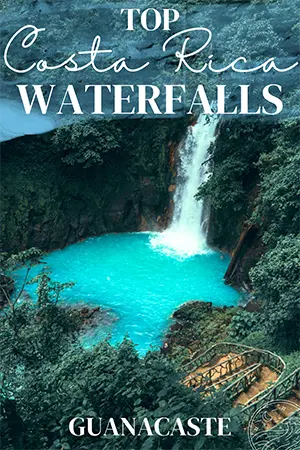Costa Rica Whale Watching Season: Where and When
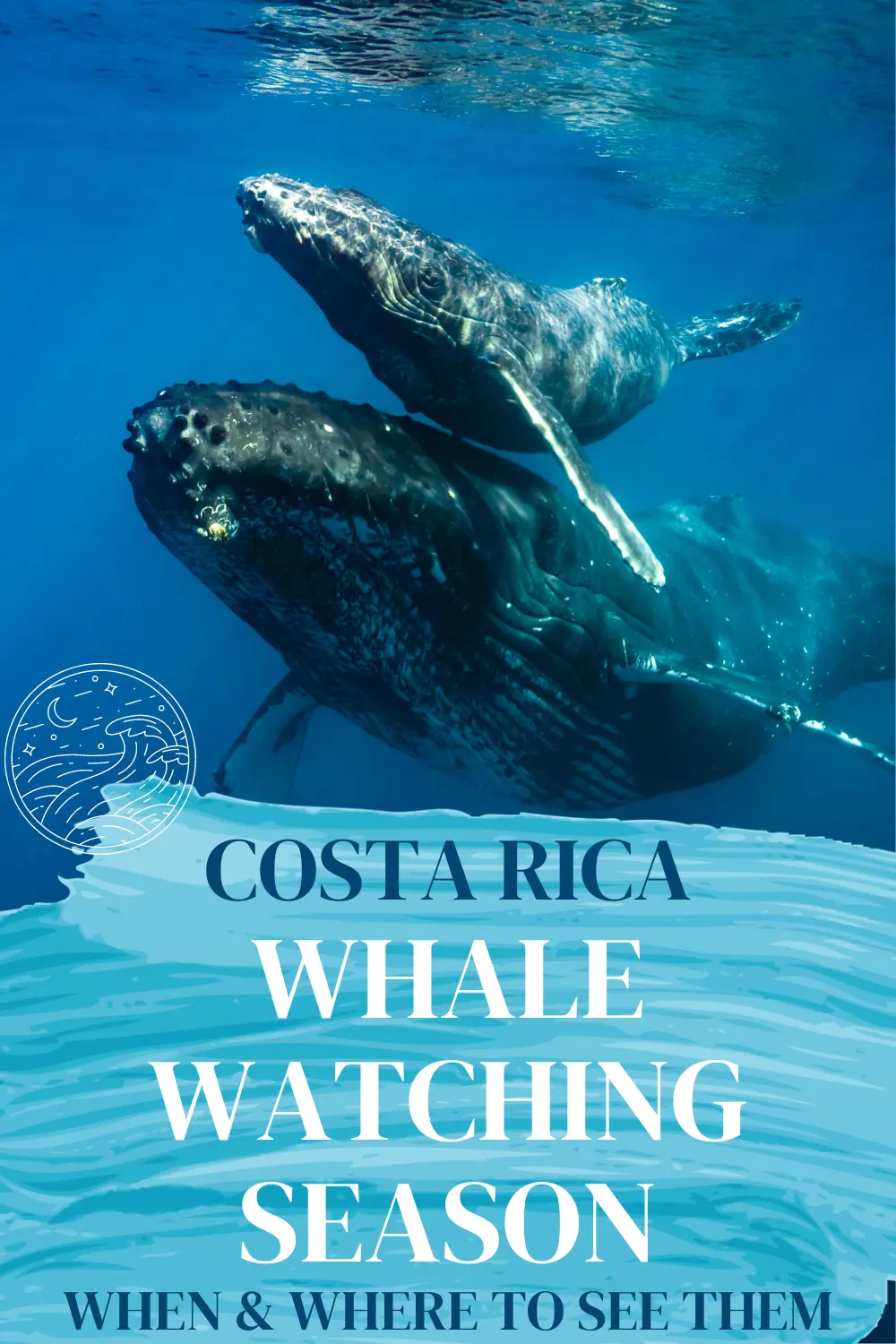
Humpback Whale Season in Costa Rica
With coastlines on both the Pacific Ocean and Caribbean Sea, Costa Rica is one of the few countries in the world with more marine territory than terrestrial area. If you’re looking for an unforgettable oceanic experience, visiting Costa Rica during whale season should be at the top of your travel list.
Each year, these magnificent creatures migrate thousands of miles to the warm, protected waters of Costa Rica’s Pacific Coast to breed and give birth. This means the chance to witness the incredible beauty and grace of whales in their natural habitat. Plus, you get two opportunities each year, once in the less-touristy green season, and once in the more touristed dry season.
From the months of July through October, and again from December through March, Costa Rica becomes one of the best places in the world to see humpback whales.
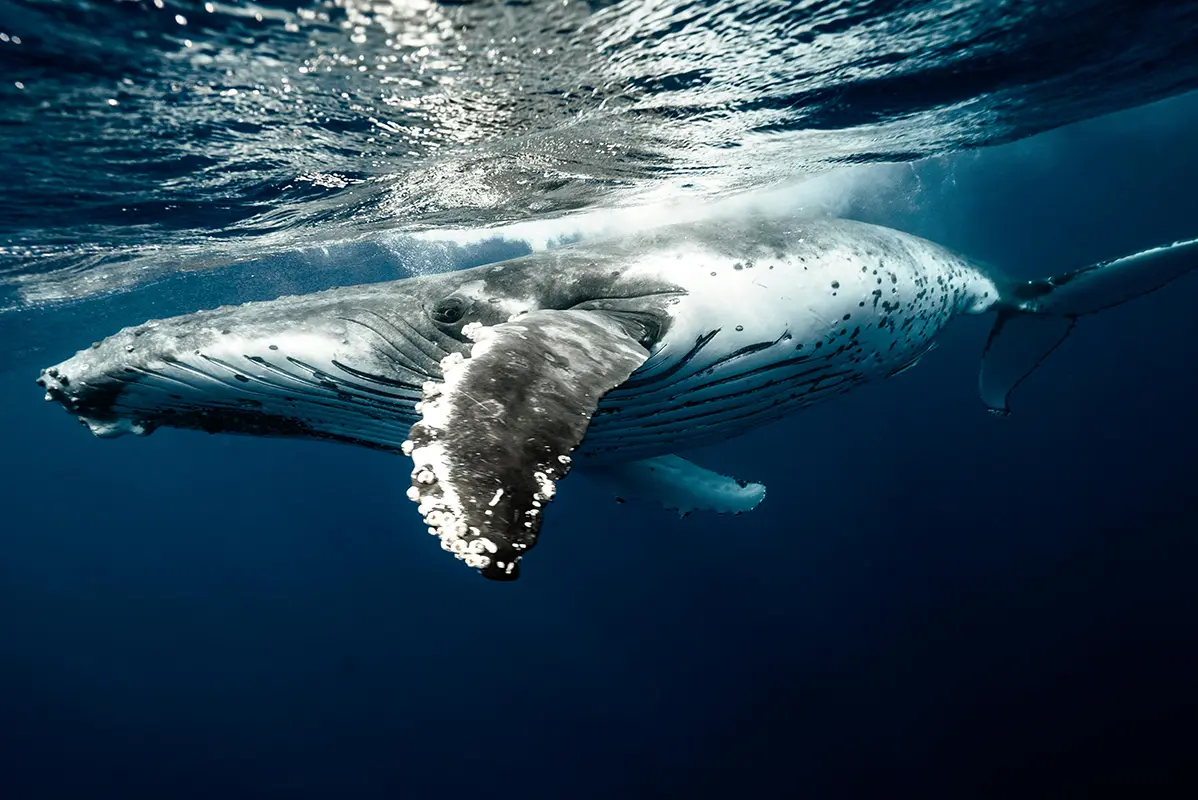
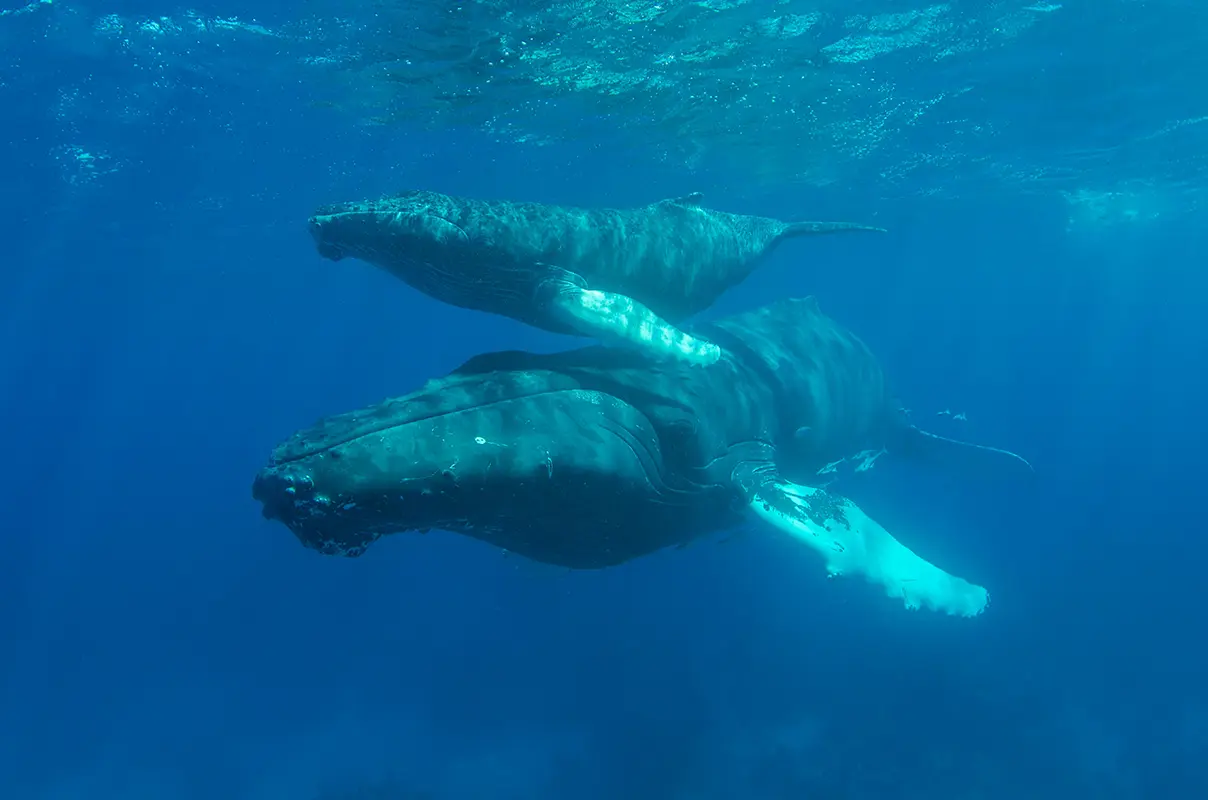
Where to See Humpback Whales in Costa Rica
One of the best things about humpback whale season in Costa Rica is the wide range of places you can see these gentle giants. Along the Pacific Coast, there are several key areas known for whale-watching tours and incredible marine life encounters.
Marino Ballena National Park, Uvita
Perhaps the most popular spot for whale watching in Costa Rica is Marino Ballena National Park in Uvita. This stunning coastal park gets its name from the Spanish word for whale, “ballena,” and the iconic whale tail-shaped sandbar that juts out from the beach. Whale watching season in Marino Ballena National Park runs from August to April.
Every year, thousands of visitors flock to Uvita to take boat tours out into the bay to spot humpback whales up close. The calm waters of the park provide the perfect conditions for these gentle giants, and it’s not uncommon to spot mothers and calves swimming side by side.
One of the highlights of whale watching in Marino Ballena is the annual Whale and Dolphin Festival, which takes place in September. The festival is a celebration of marine life in the area and includes educational programs, cultural events, and, of course, plenty of opportunities for whale watching.
Drake Bay and the Osa Peninsula
If you’re looking for a more off-the-beaten-path whale-watching experience, Drake Bay on the Osa Peninsula is another excellent option. This remote and wild part of Costa Rica offers a pristine natural setting that feels worlds away from the more developed tourist areas.
Drake Bay is part of the larger Corcovado National Park, known for its incredible biodiversity and thriving wildlife population. The waters surrounding Drake Bay are rich in marine life, and during humpback whale season, you can often spot whales just off the coast.
Many tour operators in the area offer whale-watching tours, where you’ll have the chance to see humpbacks breaching, spouting water, and swimming alongside bottlenose dolphins and other marine creatures. The Osa Peninsula is also home to some of the most beautiful, untouched beaches in Costa Rica, so you can easily combine whale watching with a day of exploring the coastline or hiking through the lush rainforests.
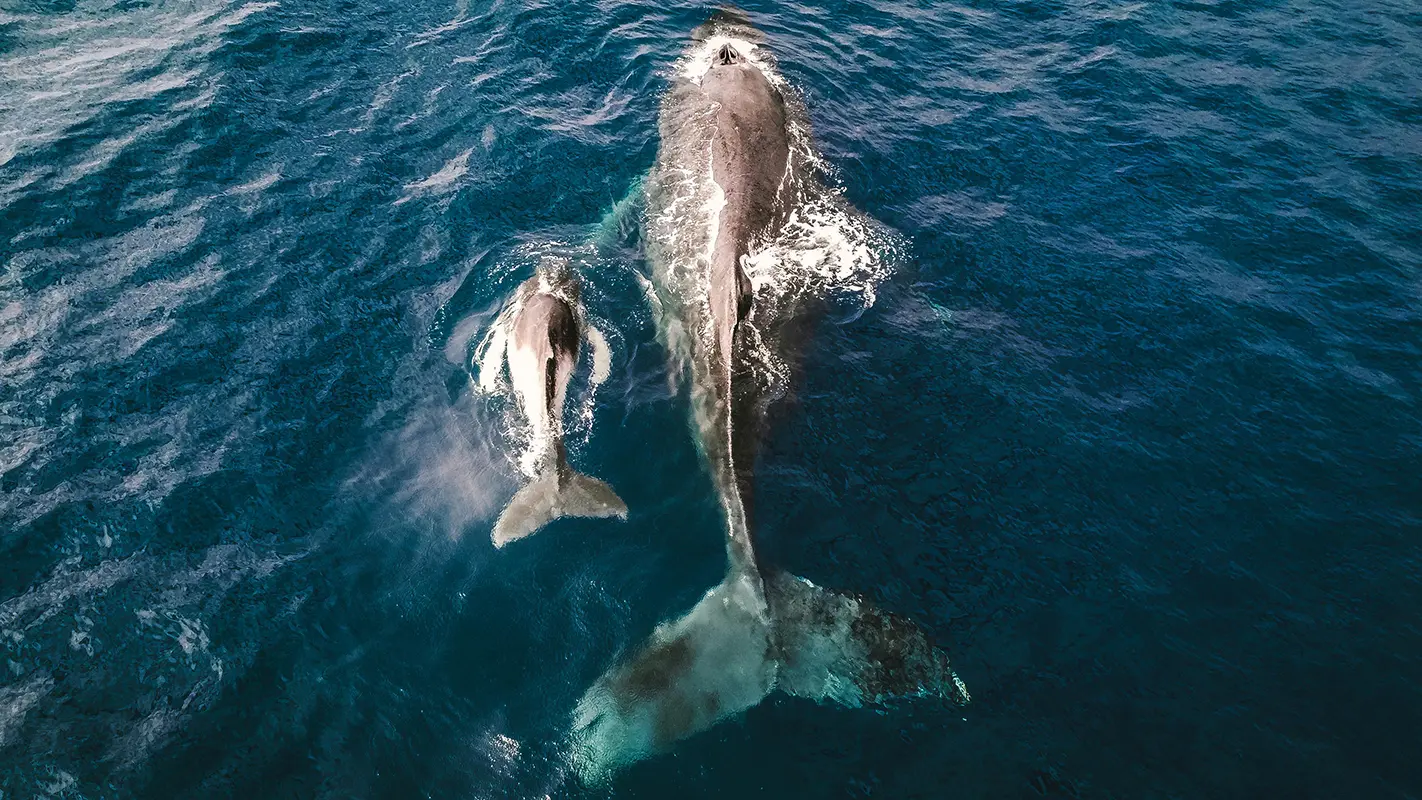
Golfo Dulce
Golfo Dulce, located near the border of Panama on Costa Rica’s southern Pacific Coast, is another incredible spot for whale watching. This deep, sheltered gulf is a haven for marine life, and humpback whales frequently come here to give birth to their calves in the calm, protected waters.
One of the most magical things about whale watching in Golfo Dulce is the chance to see humpbacks up close, often in small groups or even mother-calf pairs. The relatively small size of the gulf makes it easier to spot whales, and many tours in the area offer intimate experiences where you can observe these majestic creatures without the crowds.
Golfo Dulce is also home to several eco-lodges and sustainable tourism operators, making it a great destination for eco-conscious travelers looking to connect with nature.
Gulf of Papagayo
While Papagayo Bay is known primarily for its luxurious resorts, pristine beaches, and clear blue waters, it also offers excellent opportunities for whale watching during humpback whale season. Located in the northern Pacific region of Costa Rica, Papagayo Bay serves as a more tranquil option for spotting these magnificent creatures compared to some of the busier whale-watching hubs further south. During both summer and winter migration seasons, humpbacks are not uncommon sights off the coast of Papagayo, Playa del Coco, Tamarindo, and other beaches.
These are the same Costa Rican waters that I spent three months in from June to September and regularly saw Humpback whales breaching, playing, and teaching their young how to hunt. One incredible day while heading out for a freediving adventure we drove right by a mother and her calf in our tender. We immediately stopped and carefully climbed into the water. It was one of the most magical experiences of my life watching them glide by us only a few dozen feet away.
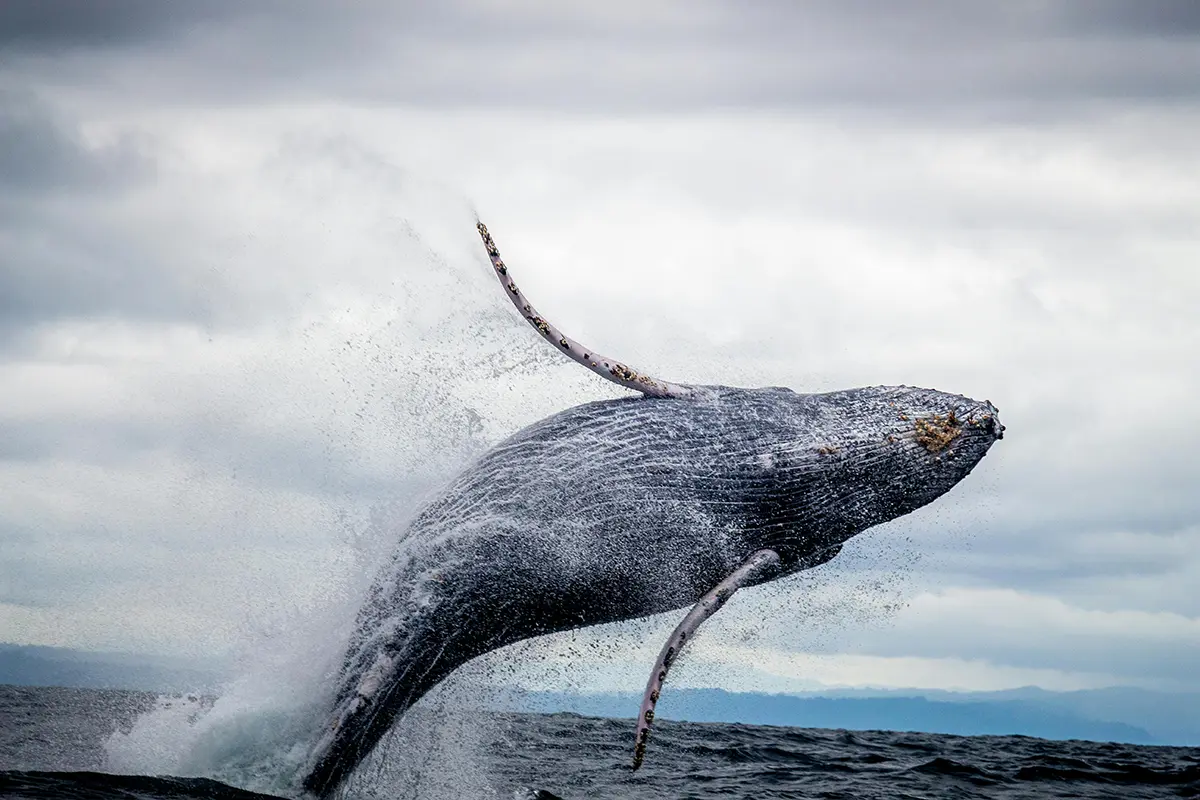
What to Expect on a Whale-Watching Tour
Booking a whale-watching tour is one of the best ways to experience humpback whale season in Costa Rica. Most tours last between two and four hours and take you out into the open ocean where humpbacks are commonly spotted.
During the tour, you’ll have the chance to see whales breaching, tail-slapping, and spouting water from their blowholes. If you’re lucky, you might even witness a mother teaching her calf how to swim or a group of males competing for a female’s attention.
In addition to humpback whales, many tours also offer the good chance to see other marine life, such as bottlenose and spinner dolphins, sea turtles, and even manta rays. The waters around Costa Rica are teeming with biodiversity, so keep your eyes peeled for other oceanic wildlife during your tour.
Whale-watching tours are typically led by knowledgeable guides who can share insights about the whales’ behavior, migration patterns, and conservation efforts. Many tour operators in Costa Rica are committed to responsible wildlife tourism, ensuring that the boats maintain a safe distance from the whales and that the tours have minimal impact on the animals and their environment.
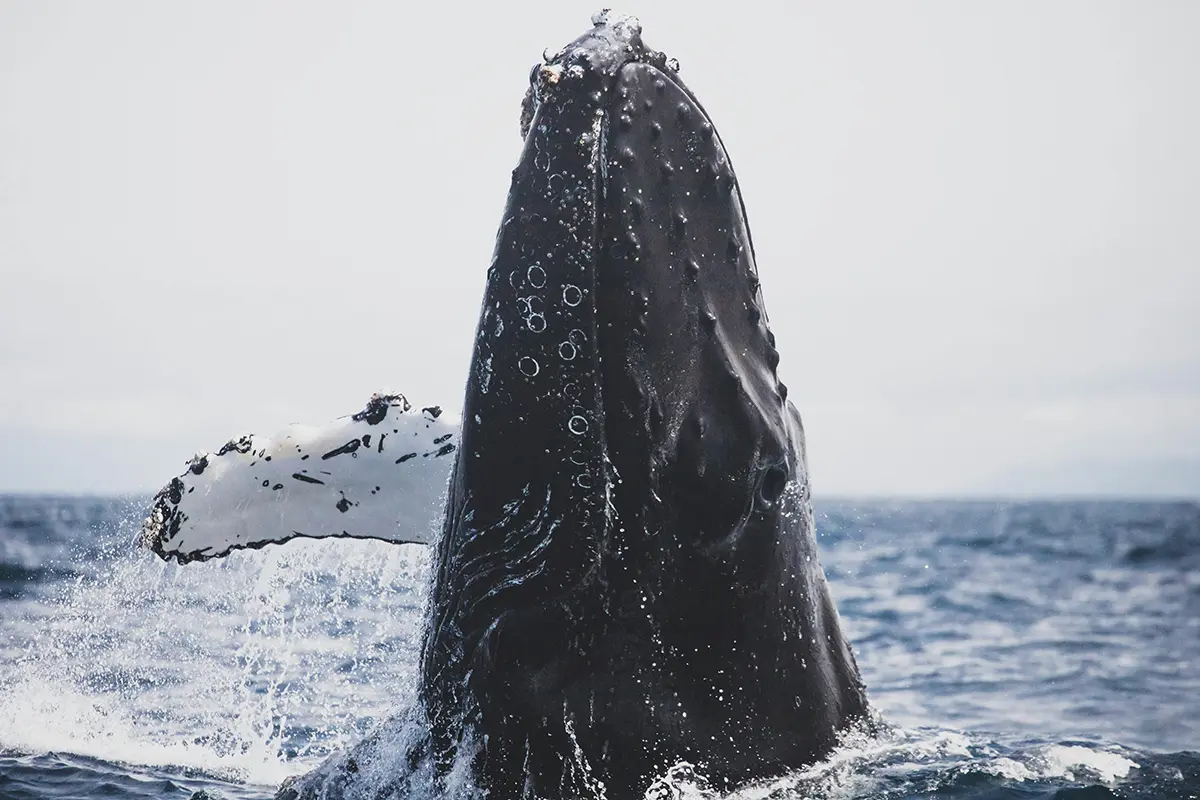
The Magic of Humpback Whale Behavior
One of the most awe-inspiring aspects of seeing humpback whales in the wild is witnessing their unique and often playful behavior. These whales are known for their acrobatics, and it’s not uncommon to see them leaping out of the water in a behavior known as breaching. This dramatic display is believed to be a form of communication, and it’s a breathtaking sight to behold.
Humpbacks are also known for their tail-slapping, where they raise their massive tails out of the water and slap them down with a loud splash. This behavior is thought to be another form of communication, possibly used to signal other whales in the area or to ward off potential predators.
Perhaps the most enchanting behavior to witness is the interaction between mothers and their calves. During whale season, you’ll often see mothers swimming slowly with their young, guiding them through the water and teaching them important skills like breathing and swimming. Watching these tender moments is a reminder of the deep bond between these intelligent creatures and their young.
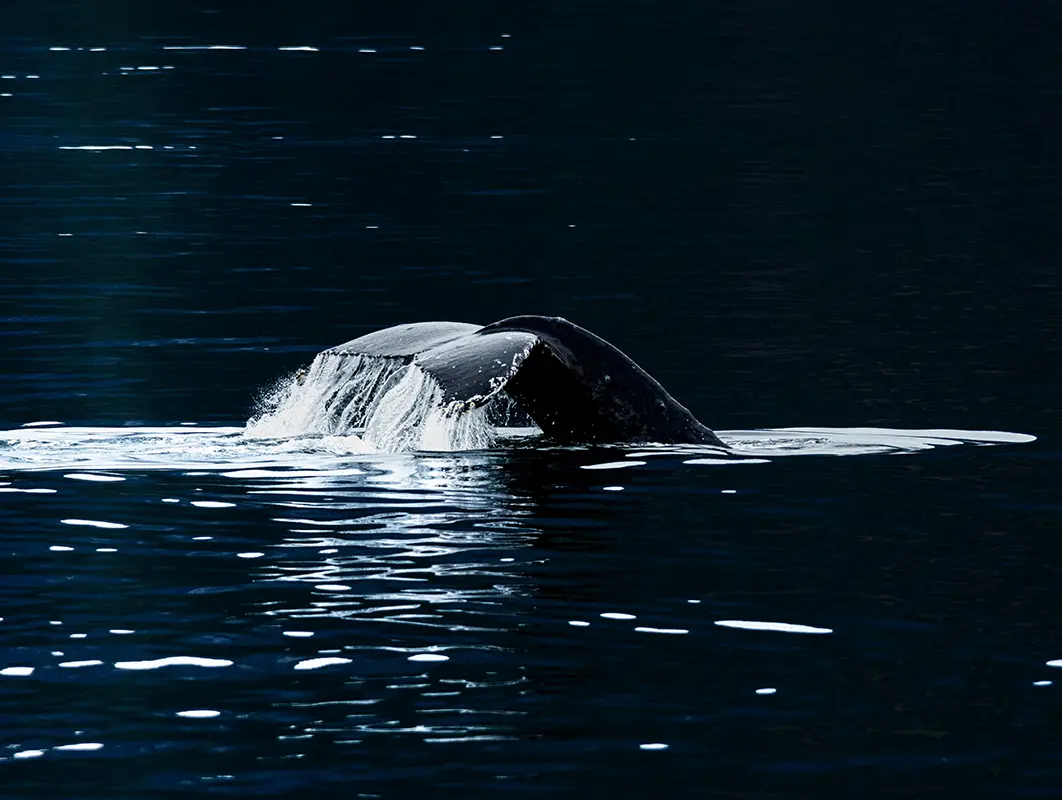
Whale Conservation in Costa Rica
One of the my favorite things about Costa Rica is its commitment to conservation, and this extends to the protection of its marine life. Humpback whales are a protected species in Costa Rica, and the government has taken steps to ensure that whale-watching activities are conducted in a sustainable and responsible manner.
Many of the national parks and marine reserves along the Pacific Coast, including Marino Ballena National Park, are protected areas where the local marine life can thrive without the threat of overfishing or habitat destruction. In addition, tour operators are required to follow strict guidelines when conducting whale-watching tours, including maintaining a safe distance from the whales and minimizing noise and disturbance.
By visiting Costa Rica during humpback whale season, you’re not only experiencing one of the most incredible natural phenomena in the world, but you’re also supporting the country’s efforts to protect these magnificent creatures for future generations.

When to Plan Your Trip
As mentioned earlier, humpback whale season in Costa Rica occurs twice a year—once during the Southern Hemisphere’s winter from July to October, and again during the Northern Hemisphere’s winter from December to March. Both seasons offer excellent opportunities to see the annual migration of the whales, so the best time to visit really depends on your preferences.
If you prefer drier, sunnier weather, the December to March season might be more appealing, as this falls during Costa Rica’s dry season. However, the July to October season, which overlaps with the country’s rainy season, often sees fewer tourists and offers a more tranquil experience with lush, green landscapes.
Regardless of when you visit, humpback whale season in Costa Rica is an experience you’ll never forget. With the chance to see these gentle giants up close in one of the world’s most beautiful settings, it’s no wonder that whale watching is a bucket-list activity for so many travelers.
